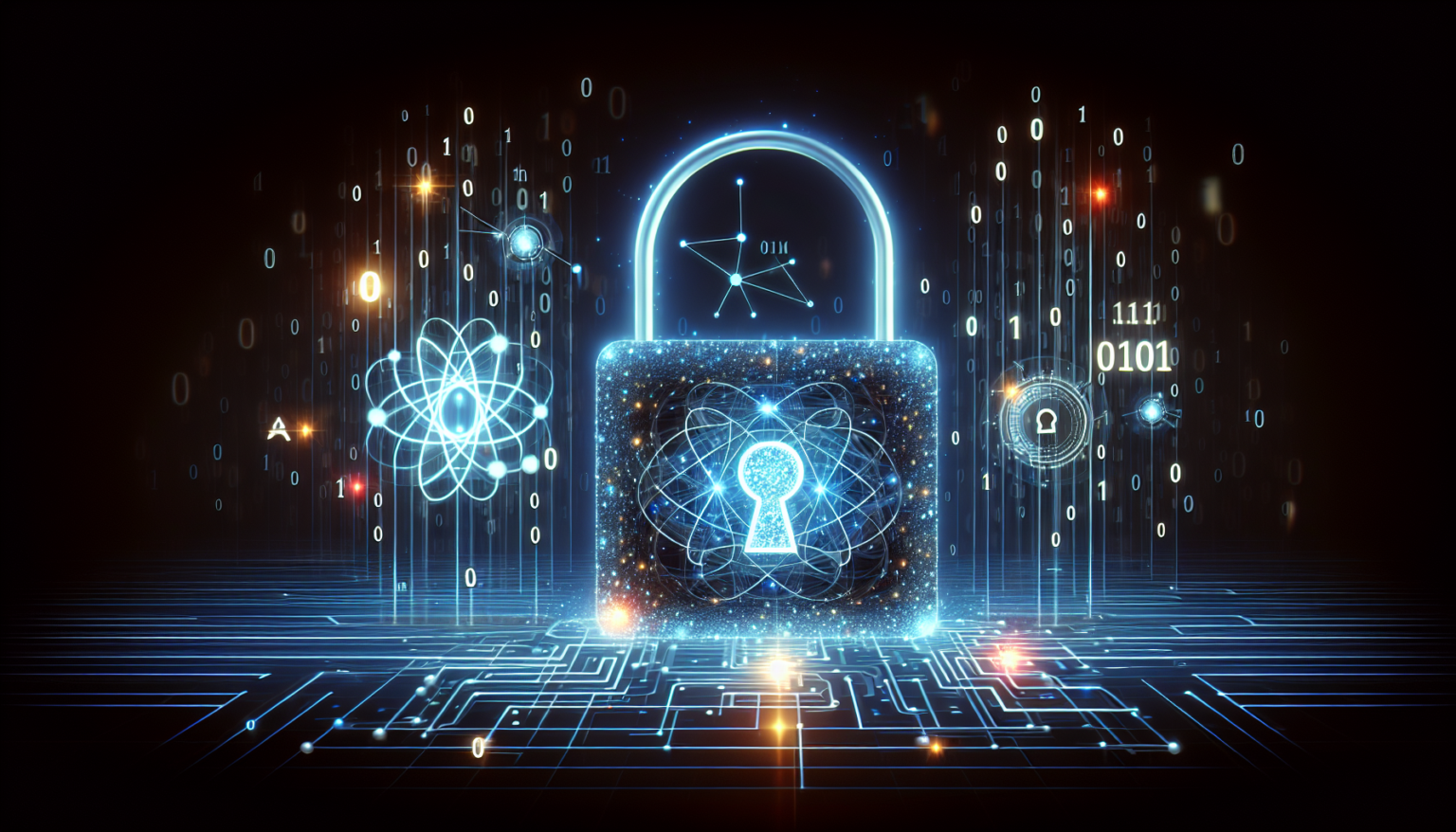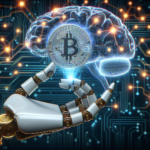Understanding Quantum Computing
What is Quantum Computing?
Quantum computing is a cutting-edge technology that leverages the principles of quantum mechanics to process information in fundamentally different ways than traditional classical computers. While classical computers use bits as the smallest unit of data, represented as either 0 or 1, quantum computers use quantum bits, or qubits. Qubits can represent and hold complex states that result from the unique properties of superposition and entanglement.
Key Concepts in Quantum Computing
Superposition
Superposition refers to the ability of a qubit to exist in multiple states at once. While a classical bit can only be either 0 or 1, a qubit can be in a state of 0, a state of 1, or both at the same time, to varying degrees. This allows quantum computers to perform many calculations simultaneously, vastly increasing their potential processing power.
Entanglement
Entanglement is another fundamental aspect of quantum mechanics where two or more qubits become interlinked, such that the state of one qubit can instantly affect the state of another, regardless of the distance between them. This phenomenon enables quantum computers to perform complex calculations more efficiently by sharing information across qubits in ways that classical systems simply cannot replicate.
Quantum Gates and Circuits
Quantum gates are the building blocks of quantum algorithms and manipulate qubits through quantum states. Quantum circuits, much like their classical counterparts, are constructed by linking these gates together to perform specific operations. The design and implementation of these circuits is critical for harnessing the power of quantum computation.
Quantum Computing and Information Security
The Current State of Information Security
Information security today hinges on the security of algorithms that encrypt data, making it unreadable to unauthorized parties. Traditional encryption methods such as RSA and ECC (Elliptic Curve Cryptography) rely heavily on the computational difficulty of certain mathematical problems, like factoring large numbers or solving discrete logarithms, which are manageable by classical computers.
How Quantum Computing Challenges Current Security Models
Quantum Threats: Breaking Classical Encryption
One of the most significant risks posed by quantum computers is their potential to break widely adopted encryption standards. A powerful quantum computer could effectively use algorithms like Shor’s algorithm to factor large integers or compute discrete logarithms in polynomial time, which would render classical encryption methods obsolete. As a result, sensitive data that was once thought secure could become exposed.
Symmetric Key Cryptography and Quantum Resistance
While symmetric key cryptography, like AES (Advanced Encryption Standard), is somewhat more resilient against quantum attacks, it is not invulnerable. Quantum computers can utilize Grover’s algorithm, which can potentially reduce the effective security level of symmetric encryption by half. For instance, a 256-bit key used with AES could effectively be reduced to the security equivalent of a 128-bit key when facing a quantum adversary. Therefore, organizations may need to transition to longer key lengths to maintain security.
The Emergence of Post-Quantum Cryptography
As the threat posed by quantum computing becomes more imminent, the cryptography community is working diligently to develop post-quantum algorithms that are resistant to quantum attacks. The National Institute of Standards and Technology (NIST) has initiated a process to standardize post-quantum cryptographic algorithms, targeting those that can withstand both classical and quantum computational threats.
Examples of Post-Quantum Algorithms
Several algorithm families are being explored as candidates for post-quantum standards, including:
– **Lattice-based cryptography:** Uses mathematical structures known as lattices to construct cryptographic systems.
– **Code-based cryptography:** Relies on the hardness of decoding random linear codes, effectively offering security against quantum attacks.
– **Multivariate polynomial cryptography:** Builds cryptographic schemes based on the difficulty of solving systems of multivariate polynomials.
These alternatives must undergo rigorous testing to evaluate their performance, security, and practicality before widespread adoption.
Quantum Key Distribution: A New Horizon
Apart from challenges, quantum computing also offers innovative solutions to information security issues. One such breakthrough is Quantum Key Distribution (QKD), which leverages quantum mechanics to enable secure communication. QKD allows two parties to generate a shared, secret random key without risk of interception.
How QKD Works
QKD involves the transmission of information using quantum states of particles, such as photons. If an eavesdropper attempts to intercept the quantum states during transmission, it introduces detectable anomalies to the states, alerting the communicating parties to the potential breach. This feature of QKD provides an unprecedented level of security, making it an attractive option for sensitive communications.
Practical Limitations of QKD
Despite its promising advantages, QKD is not without limitations. The technology currently relies on certain physical infrastructures, like fiber optics or satellite communication, which may limit its applicability in some scenarios. Additionally, the complexity and costs associated with implementing QKD systems can be barriers for many organizations.
The Road Ahead: Preparing for a Quantum Future
Adapting Current Security Protocols
Organizations must begin preparing for the quantum future by assessing their current security protocols. This includes understanding where quantum vulnerabilities exist within their systems and taking proactive measures to mitigate risks.
Hybrid Approaches
In the transitional phase towards quantum-resilient security, employing hybrid approaches that combine classical and post-quantum algorithms may be a wise strategy. This will ensure that data remains secure against both current and future threats.
Raising Awareness and Education
As quantum technology continues to advance, educating stakeholders within organizations about the implications of quantum computing is vital. Ensuring that business leaders, IT professionals, and security personnel understand both the challenges and opportunities presented by quantum computing will empower them to make informed decisions about their information security strategies.
The Broader Implications on Society
Impact on Industries and Proprietary Data
As quantum computing matures, sectors such as finance, healthcare, and government could experience profound changes in how they manage and protect data. Proprietary algorithms, confidential information, or intellectual property could all be at risk if they rely on encryption methods vulnerable to quantum attacks.
Ensuring National Security
Countries are recognizing the significance of securing information against quantum threats. This has led to increased investment in both quantum research and defensive measures in cryptography, making it a global priority to establish secure communication channels in an age of quantum computing.
Creating a Collaborative Framework
As the challenges associated with quantum computing and information security unfold, collaboration among researchers, industry leaders, and governments will be crucial. Establishing shared approaches to developing secure cryptographic standards and frameworks will be essential in safeguarding digital networks worldwide in the quantum era.








